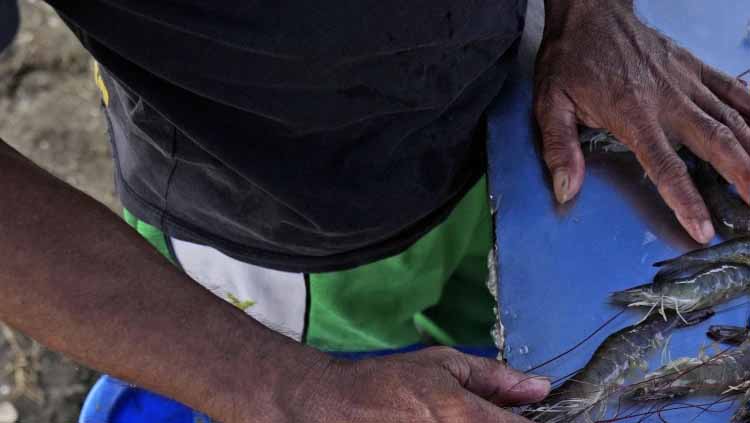As big supermarkets pursue profits, new research shows growing exploitation of shrimp farmers

Business
“It is more stable than the shrimp farms,” said the farmer from Indonesia’s Central Java province.
BANGKOK (AP) — Indonesian shrimp farmer Yulius Cahyonugroho operated more than two dozen ponds only a few years ago, employing seven people and making more than enough to support his family.
Since then, the 39-year-old says the prices he gets from purchasers have fallen by half and he’s had to scale back to four workers and about one-third the ponds, some months not even breaking even. His wife has had to take a job at a watermelon farm to help support their two children.
“It is more stable than the shrimp farms,” said the farmer from Indonesia’s Central Java province.
As big Western supermarkets make windfall profits, their aggressive pursuit of ever-lower wholesale prices is causing misery for people at the bottom end of the supply chain — people like Cahyonugroho who produce and process the seafood,according to an investigation by an alliance of NGOs focused on three of the world’s largest producers of shrimp provided to The Associated Press ahead of its publication on Monday.
The analysis of the industry in Vietnam, Indonesia and India, which provide about half the shrimp in the world’s top four markets, found a 20%-60% drop in earnings from pre-pandemic levels as producers struggle to meet pricing demands by cutting labor costs.



